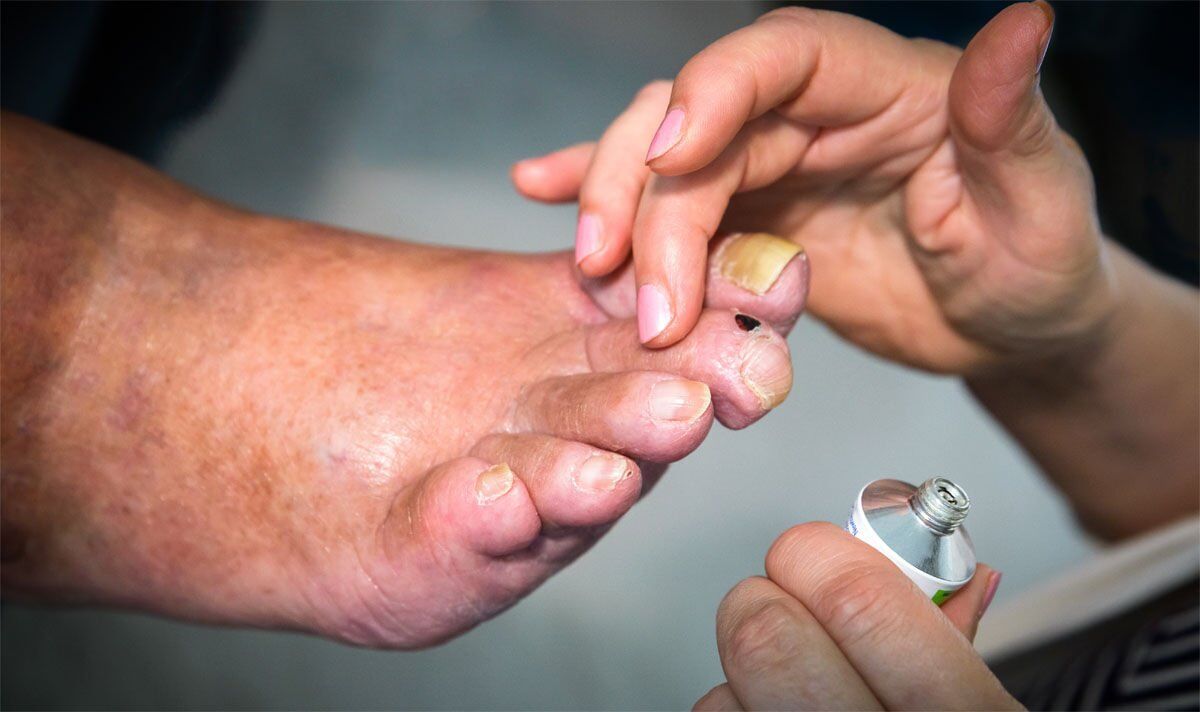Steve Thompson recalls signs of his early-onset dementia
We use your sign-up to provide content in ways you’ve consented to and to improve our understanding of you. This may include adverts from us and 3rd parties based on our understanding. You can unsubscribe at any time. More info
The major diseases contribute to the isolation and alienation of millions of people every year. But without a cure, early diagnosis remains the best solution for delaying the progression of dementia. Understanding the full scope of skin clinical manifestations, both physical and neurological, has proven critical for enabling this.
Researchers hope that a broader understanding of dementia signs could help sharpen diagnostic tools in coming years.
So far, several studies have revealed that changes in hair and nails can occur along with cognitive deterioration.
One report, titled “skin lesions: a valuable sign in the diagnosis of dementia syndrome” brought up the issue of the presence of skin lesions in Alzheimer’s disease.
The report study draws attention to the characteristic skin lesions associated with certain types of dementia syndromes.

“In Alzheimer’s disease, lesions occur in the hair and nails and the sympathetic Sudo-secretory skin response is disturbed,” it states.
“Therefore, it seems that the skin manifestations associated with dementia syndromes can serve as a valuable sign in the course of diagnosis.”
According to the report, skin lesions characteristic of Alzheimer’s disease tends to be brought on by poor hygiene.
Sometimes, however, excoriation disorders, which describe chronic skin picking, or mycoses occur.
Changes in hair and nails are seen in as many as 70 percent of patients suffering from Alzheimer’s disease, the report asserts.
In addition to specific skin symptoms, the study draws special attention to the lesions generated by the nails in Alzheimer’s disease.
“Studies show a correlation between a reduction in the concentration of mercury and the duration and severity of dementia.
“Changes in the concentration of micronutrients in the nail plate (calcium, magnesium, mercury, potassium, zinc, bromine, cobalt) are observed at the earliest stages of the disease.”

The authors add: “Dementia is often accompanied by skin lesions resulting from neglected hygiene, bedsore, exhortation, mycoses, bacteria wounds and itching.”
Sometimes skin lesions like itchy skin, cutaneous discolouration, and allergic reactions occur as a side effect of medication, however.
Considering dermatological aspects in various types of dementia syndromes, the following can be distinguished:
- Skin lesions resulting from neglected hygiene
- Itching
- Iatrogenic lesions
- Skin lesions that are a part of a syndrome with coexisting dementia
- Dementia-associated lesions of vascular origins
- Hair and nail disorders in Alzheimer’s disease
- Skin as the location of diagnostic indicators of dementia.

Who is at risk of dementia?
Age is an important risk factor for dementia, with between 20 to 50 per cent of patients over the age of 85 becoming affected.
In centenarians, the portion of the affected population is as much as 60 percent.
Recognising the characteristic of each dementia condition could lead to a timely diagnosis, regardless of a patient’s age.
Anyone concerned about their memory problems or thinking skills is therefore encouraged to talk to their doctor for further tests.
Source: Read Full Article
